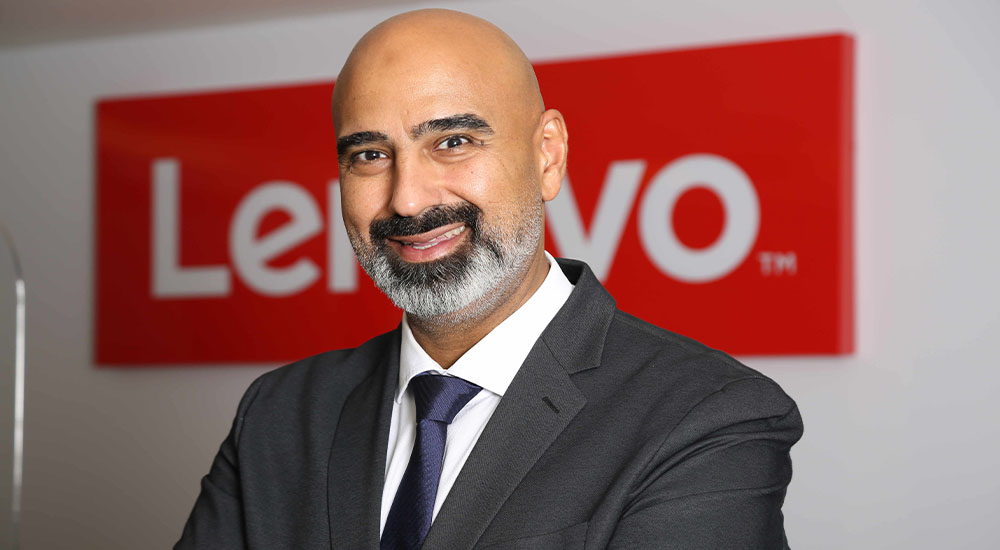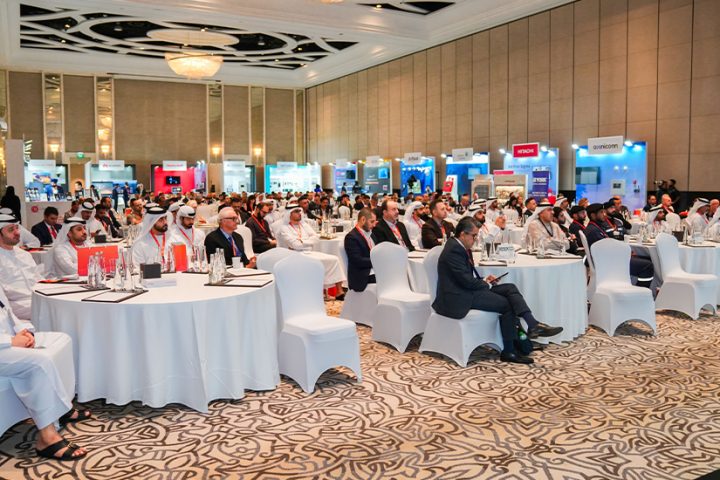By Alaa Bawab, General Manager, Lenovo Infrastructure Solutions Group META
The idea of a smart city has been around for decades, but in practice, many municipalities end up just delivering individual services, for instance, shared public bike services or ‘smart’ bins. However, a truly ‘smart’ city is much more than this. The infrastructure that underpins its smart services is critical, and it must be designed from inception to manage a range of different tasks, from traffic management to water services to administration. Smart cities need to be built around infrastructure that can deliver such services intelligently, and they must harness the power of AI so that different groups within city governments can work together effectively.
Achieving this isn’t always straightforward. Careful thought about the services that people really want, and the technology required to deliver them can create both happier and more efficient cities. There needs to be a driving vision in terms of ideas and design, and attention paid to the right technological infrastructure, from the start.
A coherent approach
What is stopping cities adopting ‘smart’ technology? Funding and co-operation are often an all-too-familiar problem. It takes many different departments working together, sometimes in ways that aren’t immediately obvious. For example, if local government wants to improve its transport network, it might also need to look at power and internet connections to handle the new city infrastructure. These all typically fall into different domains. However, if cities adopt the right infrastructure, AI has the potential to integrate information from siloed departments and foster cooperation, empowering cities with the technological coherence needed to drive innovation.
Dubai’s smart city project is using AI to break down the barriers between departments, and between citizens and government services. The team is taking the right approach when it comes to urban development, with more than 130 smart projects and 1,000 smart services, including eliminating paper from Government altogether, and aiming to build ‘the happiest city on Earth.’ Dubai’s authorities have implemented AI effectively to allow these departments to integrate and restructure, and cleverly deploy applications to remove paper forms and long-winded manual processes.
In this example of Dubai, it isn’t about the city being smart, it’s about making the processes smart. Taking this approach delivers efficiency whether you are using the functions of the city as a tourist or a resident. If you’re processing your visa, paying your water bill or moving your phone contract, it’s all much easier than before. Dubai is now looking to a generative AI assistant to help people find the government services they need in real-time, delivering a personalised touch for citizens.
Contrary to the AI scaremongering, breaking down these barriers doesn’t take away people’s jobs, rather it allows their time to be used more efficiently. In Abu Dhabi, sensors are used to monitor the level of water stored in tanks around the city. This IoT implementation already replaces a previously manual process where inspectors were sent to make a visual assessment. Utilising the data collected from tanks city-wide, AI algorithms can automatically trigger a service team to be on site to refill it via real-time readings, as well as suggesting when maintenance of the tanks may be necessary. This has meant that inspectors who previously had to spend time checking tanks can focus on effecting change and working on other important jobs, such as assessing water quality or enacting regulations.
Building trust in AI
AI can deliver public safety, but it is key to build trust around this technology, highlight important benefits and ensure residents and visitors don’t feel like they are being ‘watched’. With traditional surveillance cameras, there’s a huge amount of data that remains unused and is never analysed. Applying AI to this mass of data, in a privacy-minded way, has helped cities make people safer and even saves lives. In fact, half of government officials say that public safety is the main reason for the adoption of smart city technology, according to
Data in the streets
In a smart city, street cabinets and streetlights become edge data centres that process everything from whether a parking space is empty to when there are dangerous levels of pollutants in the air. But the secret sauce is the overall design and deploying compute to where the data is generated. Cities can then capture data at street level, whether it’s a car moving from a space to a traffic jam forming. Using AI and machine learning, they can filter what is relevant and what is not at that street level, discarding irrelevant information and creating very strong and clean data pipes.
The key is orchestration. With traditional compute, where one application is on a single node, a ‘smart parking’ system would require many, many nodes, making it inefficient and expensive. But if you use more modern techniques for containerisation such as Kubernetes, you can deploy multiple applications to each compute node, by virtualising them. Where orchestration comes in is how to enable that to scale so you can push applications across the city, manage, monitor and secure them. Once those components are properly planned, you’re able to put applications on top and put them into those cabinets on the street. This infrastructure, this technological coherence, is fundamental to building an effective smart city.
The cities of tomorrow
In any smart city, success hinges on several factors. Firstly, a focus on delivering a vision, and services which will genuinely make residents happier, from streamlining government services to improving safety, with a constant focus on privacy. Departments must ‘pull together’ to deliver for citizens (an area where AI can help by breaking down silos and enabling data-sharing between different departments). But most importantly, a smart city requires the right infrastructure, a technological coherence which enables city leaders to deliver and improve services for their citizens, and this requires careful thought and planning, right from the beginning.



















